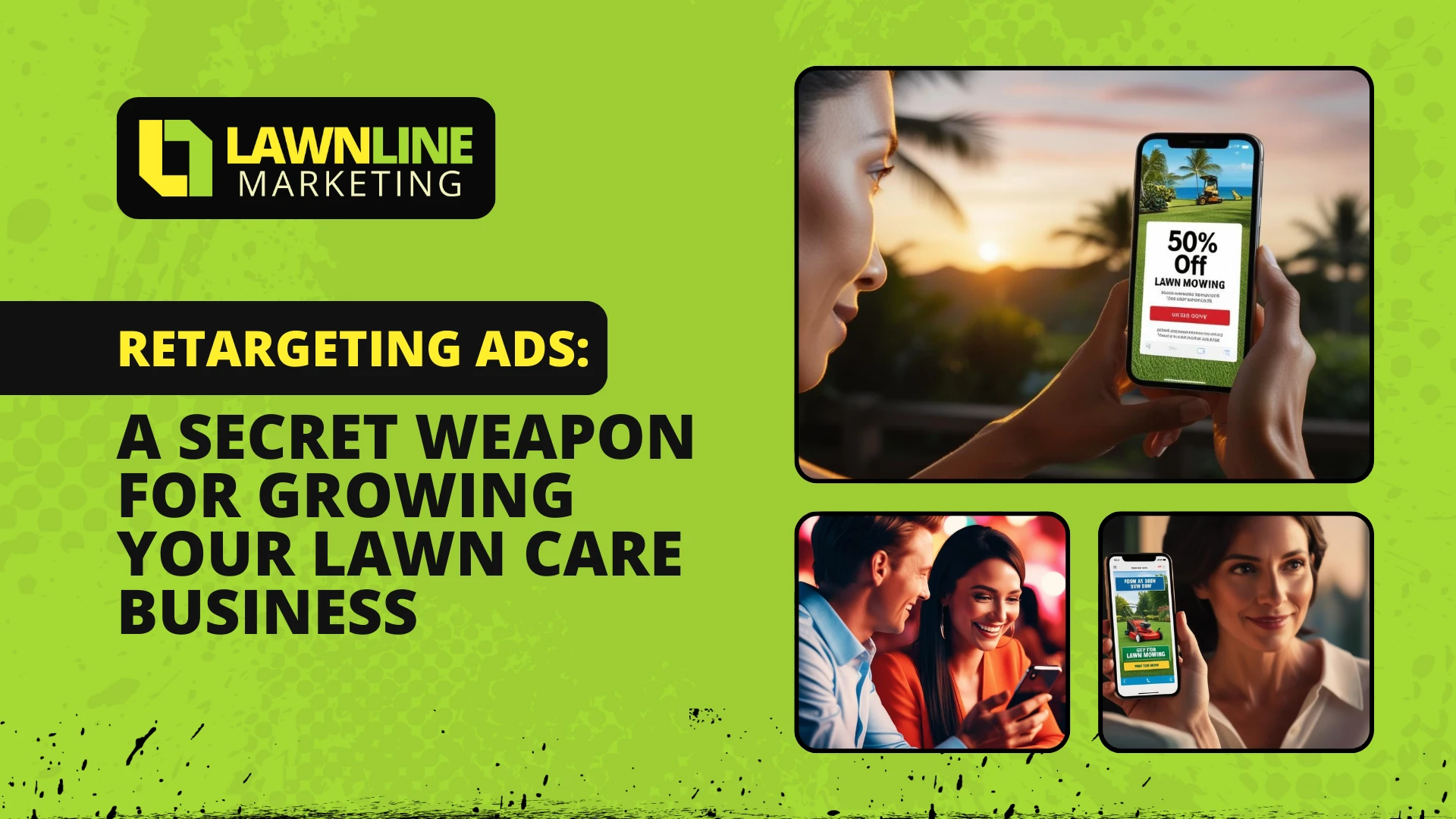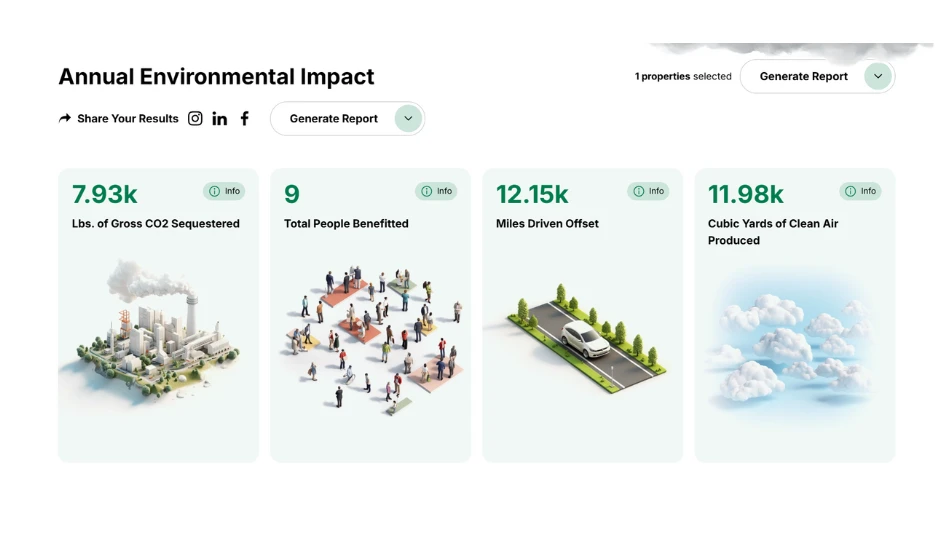“The best way to promote your business is to promote yourself, and if you don’t promote yourself, who will?” With that important question, Debbie Allen began her presentation, “7 Highly Effective Marketing Strategies for Under $500,” at the 2004 Mid-Am Horticultural Trade Show held Jan. 14-16 in Chicago.
Allen, a professional business speaker and author of the book “Confessions of Shameless Self Promoters,” noted that being a “shameless self-promoter” is far from a shameful act. “‘Shameless’ means looking for ideas everywhere and using them,” she said. “Once you open your mind and implement this concept, your business can increase 20 to 25 percent.” Here are seven of Allen’s most useful marketing tips that hardly cost a penny.
Marketing Strategy No. 1: Develop a Strong Belief System and Effective Self-Promotion
“The fact of the matter is that most people don’t feel comfortable promoting themselves because of their own humility,” Allen noted. “No one wants to seem like they’re pushy or have a huge ego. Still, self-promotion involves believing in yourself and what you do. Folks in the landscaping industry have a lot to believe in because you’re helping people. You have the knowledge and expertise to make people feel more at home in their own worlds. You provide great skills and service, and believing in that and giving it to more people will increase your success.”
Allen pointed out three scientifically studied behaviors that are directly related to success.
1. Position. Successful people put themselves in front of people who can make a difference in their business.
2. Style. Sharing the company’s uniqueness, core and knowledge with the world creates brand awareness that gets the company’s name known.
3. Repetition. Allen notes that most marketing fails because many people give up before they see results, adding that it takes an average of eight marketing calls to make the first sale. Sticking with something can make all the difference in the world.
Marketing Strategy No. 2: Build Strongly Connected Alliances
“The landscaping market is part of a large lifestyle business,” Allen said. “Someone who buys landscaping is also likely to buy patios, pools, interior design, etc. In that case, your competitors can be your best clients.”
In order to create a ring of area companies with whom a landscape contractor can share business, Allen offered the following tips:
1. Seek out and act upon opportunities
2. Outline your message
3. Ask for and give help
4. Promote your alliances
5. Never throw business away
Using these tips can come in handy in a situation where a potential client is too far outside a given company’s service area to be profitable. This creates an opportunity for the original company to build an alliance with another business closer to the prospect’s location. Likewise, the other business essentially receives a testimonial from the original company and is given the opportunity to pay back that favor in the future. With an honest intention of helping colleagues, both contractors illustrate their professionalism.
“A testimonial from a competitor is a great thing, and you want to make sure that alliance stays strong,” Allen said. “To do that, never throw away business that you think will not be profitable or that was passed on to you. As a consumer, if I’m referred to a landscape contractor who never returns my call to bid or a job or who I can’t track down when I have questions about my landscape, you’ve lost my testimonial and any business that I may have referred to you had you done a great job.”
Marketing Strategy No. 3: Network and Build Expertise in the Community
For this strategy, Allen noted the importance of standing out in the community and connecting with customers on a regular basis. As an example, Allen referenced a garden center that took advantage of some open space in a local mall. By installing a model landscape with plants and trees, a trellis and benches, the garden center provided shoppers with a cozy area to rest their feet and promoted their company at the same time.
Additionally, “an average of 3,500 radio, television and print ads reach individuals every day,” Allen noted. “In order to keep their name top of mind, a company has to connect with clients regularly. Customers may love the work you do, but they won’t come back if they forget about you.” To this end, Allen recommended connecting with a client base– through direct mail, phone calls, visits, etc. – at least six times a month.
Marketing Strategy No. 4 Ask for Referrals and Use Testimonials
“Everything you do should have a testimonial attached to it,” Allen said. “And getting testimonials is incredibly easy – all you have to do is ask!” Simply, Allen said that if a customer compliments your work or raves about the great job you did, asking them to put that in writing is the quickest way to get a testimonial. Additionally, for busy commercial clients, Allen suggested writing your own testimonials based on the client’s feedback and asking for their approval and signature before using it in marketing materials.
Companies also can benefit from referral reward programs by offering discounts to referred customers, as well as to the companies that referred them in the first place. In this case, offering the discount to the original client is crucial because neglecting to do so can make the client feel under appreciated. “If I’m a loyal landscaping client and I refer two or three of my neighbors to the landscaping company I use, I’m going to feel a little put off when my neighbors get discounted services and I’m still paying full price,” Allen said.
Marketing Strategy No. 5: Promote Your Expertise
Allen quickly learned that there’s no such thing as bad publicity when she appeared on Howard Stern’s radio program. “Someone had told me that if I was able to stay on the air for five minutes then that was a great interview with Howard Stern.” Nervous, but prepared, Allen answered Stern’s questions and was able to fill her full five minutes of air time with marketing tidbits and information about her book. “If the exposure is there, you have to make it good,” she said, adding that media exposure can create up to seven times more business than advertising.
Two tactics that Allen recommends to boost a company’s marketing resume are to apply for and win awards and to create and publicize special events for your company. To energize herself and her clients, Allen created Business Image Improvement Month, giving business owners a reason to fine-tune their companies for 30 days. Also, she referenced a company that organized fun, educational events for younger gardening enthusiasts in order to teach another generation the love of gardening. This approach keeps green industry interests alive in children and teen-agers and also brings gardening to the generations with the most buying power.
Marketing Strategy No. 6: Write Articles, Booklets & Great Marketing Pieces
For this strategy, Allen referenced the company Tips Products, Inc., founded by Paulette Ensign, a music teacher with a pension for organizing. After producing her first booklet “110 Ideas for Organizing Your Business Life,” Ensign’s booklet production business took off with little marketing besides word of mouth. Now, TPI produces booklets, e-booklets, consulting and speaking services – all on how companies can benefit from creating their own booklets. In the green industry, this might mean creating booklets to teach clients how to choose a contractor, proper mowing and watering techniques, etc. In addition to being promotional, this can create new income for the company by selling the booklets for a few dollars each.
“You have to trust your expertise and write about it,” Allen says. “Identify the top 25 media contacts in your area and consistently send them press releases about your company’s awards, accomplishments, etc.” Business owners can generate significant traffic by positioning themselves as experts at what they do.
Marketing Strategy No. 7: Create a Highly Effective Web Site
Because Web marketing is becoming increasingly popular, Allen recommends that business owners get savvy with online marketing. “E-mail marketing is like direct mail without the stamps,” she said. “With this approach, it costs no more to send 1,000 messages than it does to send one.” According to a report from “E-Marketer,” more than 1 billion e-mail messages are sent in the United States every day. Eighty percent of these messages are responded to within 48 hours, while direct mail often takes six to eight weeks for feedback. Still, with Spam-wary Internet users, Allen noted that asking customers to opt-in to e-mail lists and provide their e-addresses will generate better feedback, and creating a solid subject line is necessary so e-mail marketing isn’t deleted. Also, creating an e-newsletter and including online coupons for newsletter subscribers can increase interest in e-mail marketing.
“Of course, you can’t just create a Web site and walk away – you have to continuously update and improve your site so users don’t get bored,” Allen added. “I give my Web site a complete face-lift every six to nine months to make sure everything is updated and easy to navigate.” In terms of what to include on a Web site, testimonials come into play here, as well. Allen noted that handwritten thank-you cards from clients make powerful Web marketing, as do surveys and coupons.
Of all of Allen’s seven marketing strategies, the only one that costs more than a negligible amount is creating an effective Web site. Why are all the others so inexpensive? “When I was building and selling businesses, I made every mistake imaginable – but I lived to tell about it,” Allen said. “What I learned what that most business mistakes are made when the company is doing well and has money to spend. We just tried some tactics to see what worked, but often ended up losing money. However, no company can afford to stop marketing when times get tight – that’s when you really need to build up your company. When we had little money to spend on marketing, the sales approaches we used had to work so we didn’t lose any more money.”
In addition to scaling back marketing when times are tight, Allen noted four other marketing mistakes that companies can’t afford to make:
1. Not measuring results
2. Not diversifying marketing efforts
3. Having too little contact with existing customers
4. Not getting help when it’s needed
By following these practices and not giving into the temptation to give up, Allen said company owners can increase business by 20 to 25 percent. “Keep a positive mindset and move forward one step at a time,” she said. “Your business is continually changing, and as the driving force behind the business you can make it change for the better.”
The author is associate editor of Lawn & Landscape magazine and can be reached at lspiers@lawnandlandscape.com.
Latest from Lawn & Landscape
- Connect, Control & Conserve with Horizon Technical Services
- Use Horizon's Parts Hotline
- How I built a Top 100 company
- Horizon’s Exclusive TurfGro Fertilizer
- Grow your business with mosquito control
- LandCare adds 2 branches in SoCal, promotes Aleman to branch manager
- Spray them away
- PERC helps debut propane direct-injection fuel system at ACT Expo 2025





